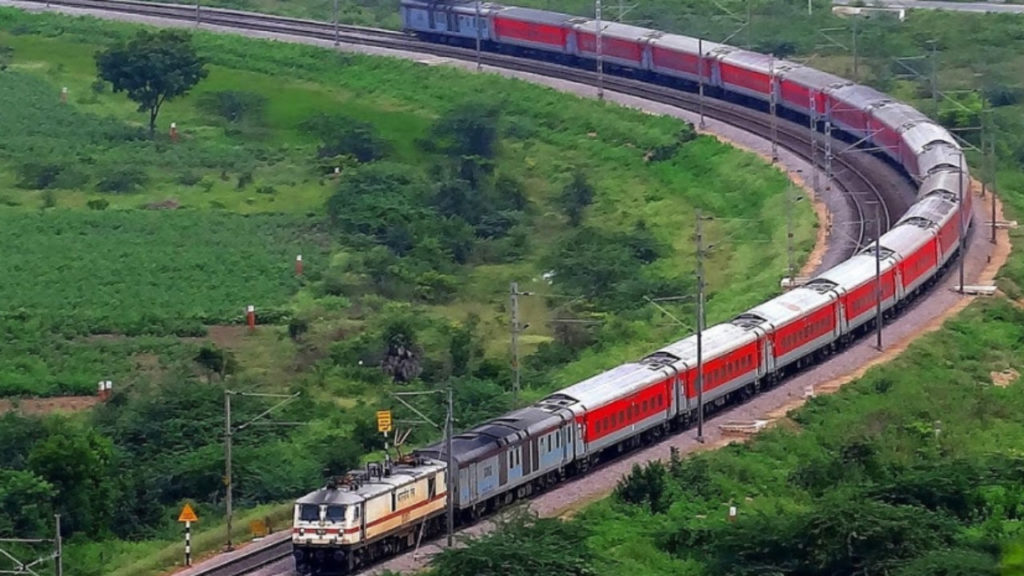Indian Railways Removing 10,000 Halts, 500 Trains To Earn Rs 1500 Crore/Yr (Zero-Based Timetable)

The Indian Railways will likely generate over Rs 1,500 crore. The good news is this extra earning won’t change the fares or come from other subsidiary charges.
Read on to find out how…
Ministry of Railways Set to Make Amends To The Railway Network of India!
During the COVID-19 pandemic resultant lockdowns when the train operations were halted, the ministry got much needed time to re-imagine the functioning of the existing railway system.
Once trains start operating normally, the Indian Railways is planning to stop 500 trains and around 10,000 stops under its ‘zero timetable’ initiative.
As per the Indian Express report, around 15% more freight trains will run on exclusive corridors and the average speed of passenger trains will increase by about 10%.
According to the internal projections of the Ministry of Railways, the estimated revenue of Rs 1,500 crore will be generated due to the implementation of this new timetable as well as the operational policy changes.
This development comes after Railways Ministry announced to add 100 new passenger trains on the inter-state and intrastate routes following the Centre’s announcement of Unlock 4.0.
More About the Zero Timetable
The ‘zero timetable’ is designed to re-assess the existing system and also to re-design operations from scratch. The timetable has been thought of to ensure optimum and efficient utilization of transport resources.
This timetable will be developed by the Railways Ministry and IIT-Bombay experts.
The details haven’t been officially announced yet.
However, according to the sources, trains with less than 50% occupancy on average in a year may be merged with other or more trains. There is a possibility that these might not even make it on the new timetable. The long-distance trains will run non-stop within 200 km of each other unless there is a major stop on the way. A total of 10,000 stops have been removed and the removal will be train-centric.
All passenger trains will run on a ‘hub-and-spoke model’ wherein the hubs are cities with a population of a million or more. This is where the route of all long-distance trains will terminate.
As per the timetable, smaller places like towns and some villages will be linked to the hubs through connecting trains. A suburban network such as Mumbai locals won’t get affected by the change in timetable.
A senior Railway official told Indian Express, “Major tourist destinations and pilgrimage centers will be classified as hubs.”

Comments are closed, but trackbacks and pingbacks are open.